Underbite, also known as reverse bite, is a relatively common abnormal condition of jaw position and size, especially in Southeast Asia with a rate of 4 to 6.5%.
Causes and symptoms
In patients with underbite, the most common sign is that the lower front teeth are in front of the upper front teeth, the patient may see the chin protruding forward, the upper jaw is concave. In severe cases, there may be signs of a plow face or a crescent moon shape as people call it.
Underbite can be caused by a receding upper jaw, a protruding lower jaw, or both. Common causes include genetics, trauma, tumors that change the size of the jaw, and craniofacial syndromes (Crouzon, Apert, Pfeiffer, etc.).
There is no evidence that habits such as chewing on one side or lying on one side have any impact on the jawbone. The underbite pattern can arise from childhood or during puberty, so there are patients with normal faces in childhood but when entering puberty, there are strong changes leading to the condition of overbite.
Signs of an overbite are the upper incisors positioned behind the lower teeth (normally the upper incisors are 2 to 4 mm in front of the lower incisors); the midface is flat, lacking convexity, the smile line area may be concave; the chin area protrudes forward and may deviate to one side, the patient may have a “plowshare” or “crescent moon” face similar to the description of a witch's face in Western literature.
This appearance defect is difficult to correct with cosmetic treatments such as orthodontics, fillers or botox and can have a negative impact on the patient’s life chances and self-confidence. The lower front teeth tend to be in front of the upper front teeth.
In severe cases, the front teeth of both jaws will not be able to touch each other, making it difficult for the patient to eat and bite food with the front teeth. Pronunciation can also be severely affected because the teeth and lips are also part of the pronunciation apparatus. When the teeth and lips are not in harmony (cannot touch each other), some sounds will be difficult to pronounce, such as /f/ or /v/, which can lead to the patient having a lisp.
Crowded, crooked teeth, straight or tilted lower incisors creating small gaps that are difficult to clean, thin alveolar bone (the bone that covers the tooth root) makes teeth prone to falling out in old age.
Combined treatment of jaw surgery and orthodontics
In terms of treatment, when the child is losing baby teeth, the dentist can have the child wear a facemask to pull the upper jaw forward with a 75% success rate. However, this method is only effective for the upper jaw, and devices that intervene on the lower jaw are almost ineffective.
Once puberty has passed, there are two main treatment options: one is camouflage orthodontics and the other is a combination of jaw surgery and orthodontics (also known as teeth straightening or braces).
Camouflage orthodontics involves using tooth movement to attempt to mask jaw misalignments. The orthodontist may use techniques to cause the upper teeth to overlap the lower teeth.
In most cases this method can help the patient's teeth look almost normal but the overall face does not change and even gets worse because the upper front teeth have to protrude further forward and the lower front teeth tilt further back (which already have a tendency to tilt). This can even damage the alveolar bone, increasing the risk of the lower front teeth falling out in the long term.
Jaw surgery combined with orthodontics is the most radical and effective treatment for cases of underbite (reverse bite). The nature of underbite in particular and facial deformities in general is due to the jaw bone having deviations in position and size, so the teeth growing on the bone will have changes in position and angle to try to adapt to the incorrect position of the jaw bone.
Therefore, the treatment process needs to include two components: surgery to bring the jawbone to the appropriate position and size and orthodontics to adjust the teeth to fit together in the new position of the jawbone. It should be emphasized that, in the vast majority of cases, the combination of orthodontics and surgery is essential to achieve the maximum aesthetic and functional treatment results.
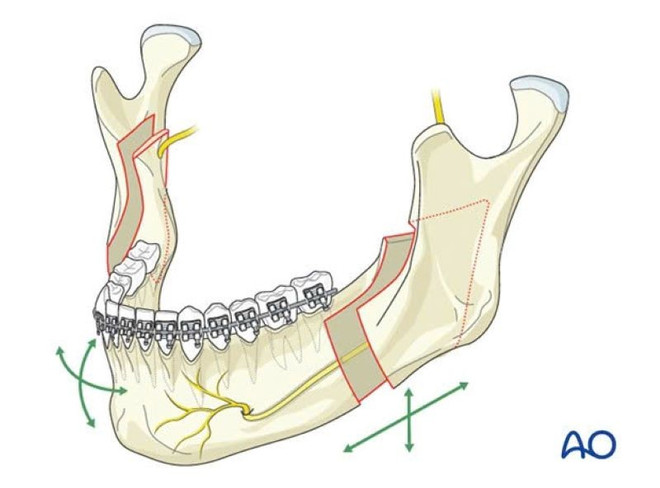
The usual time for surgery is after the end of puberty, usually 15 years old for girls and 17 years old for boys. Depending on the professional requirements, time and wishes of the patient, the doctor can perform the procedure of orthodontics before - surgery after or surgery before - orthodontics after.
The orthodontic procedure before surgery is the traditional procedure, which is still widely used today with the advantage of high accuracy and making the surgery easier to perform, and can be applied to most cases.
In this protocol, the orthodontist will intervene first to re-establish the angle of the teeth that are tilted incorrectly, level the crowded teeth to return the teeth to the correct position on the corresponding jaw. This process will take about 6 months to 1.5 years depending on the complexity and whether or not teeth are extracted.
After the preparation stage is completed, the patient will undergo jaw surgery. After 2 weeks of surgery, the patient will have further teeth adjustment to perfect the bite in about 6 months. If the steps go smoothly, the total treatment time will last about 2 years. The disadvantage of this regimen is the long waiting time for surgery.
During the orthodontic treatment to prepare for surgery, the patient's appearance and function even deteriorate compared to before treatment, causing the patient's spirit and quality of life to decrease.
In the surgical-post-orthodontic sequence, the patient will have the jaw moved first, then the orthodontic treatment will be performed to rearrange the teeth into the correct position. The disadvantage of this method is that the accuracy will be slightly reduced compared to the traditional treatment sequence and the surgery will be more complicated for the surgeon.
However, this protocol is superior in terms of time and provides a better experience for the patient due to the immediate improvement in aesthetics. Thanks to the orthodontic acceleration effect when the body starts the healing mechanism after surgery, the time for teeth to move after surgery is also significantly shortened.
The total treatment time can be significantly shortened to 9 months to 1 year under ideal conditions and with patient compliance with the doctor's instructions. In some difficult cases, the teeth cannot move as the doctor wishes, so surgery first - orthodontics later is a mandatory option.
Surgical techniques for underbite and post-operative care
There are three main techniques used in orthognathic surgery to correct underbite. For the maxilla, the Le Fort I osteotomy is the most common method to separate the tooth-bearing portion of the maxilla and move it in three dimensions into a pre-planned position.
For the lower jaw, doctors often use the Bilateral Sagittal Split Osteotomy (BSSO) technique to move the jaw into the desired position. Chin shaping technique can be implemented simultaneously with 2 jaw surgery to make the face more harmonious. In this technique, the chin bone area is separated and moved in 3 dimensions to the appropriate position.
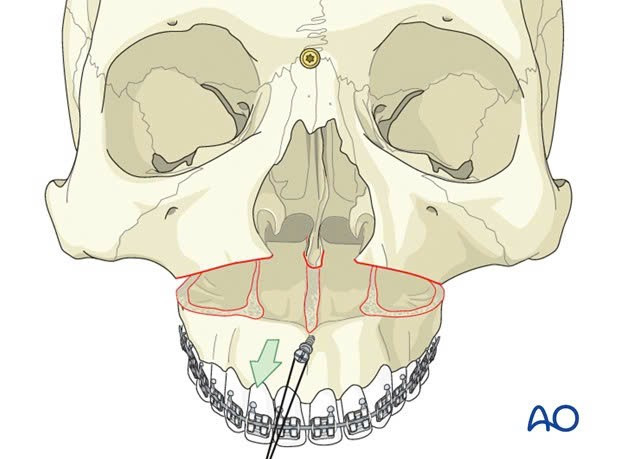
Currently, orthognathic surgery to treat underbite has become a routine technique, each surgery lasts only 2 to 4 hours instead of 6 to 8 hours as before. Hospital stay is also only 2 to 3 days.
During the post-operative period, the patient experiences very little pain and can be easily controlled with common painkillers. After 1-2 weeks of surgery, the patient can go to school or work; after 6 weeks, he or she can eat normally; and the swelling will disappear completely after 6 months. The patient may have slight numbness in the upper and lower lip area, which will usually disappear after a few months.
Application of 3D technology in surgery for underbite
Nowadays, with specialized software and high-resolution CT scans, doctors can accurately calculate the patient's deviation to come up with the most appropriate solution. The movement position of the jawbone is calculated with accuracy to the millimeter.
Personalized surgical guidance tools for each patient are also designed on the computer and used to guide the surgeon during the surgery.
Patients in Vietnam can also access these technologies like in developed countries around the world./ .
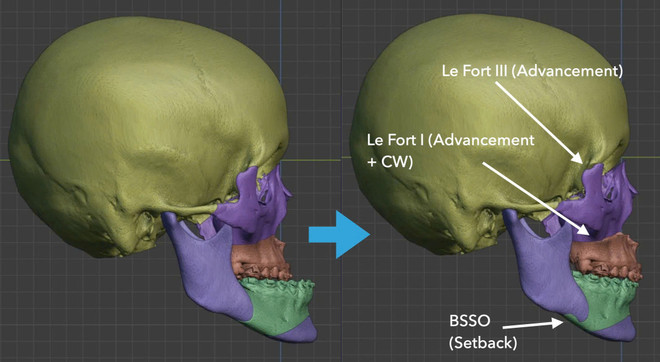
Source: https://www.vietnamplus.vn/nguoi-viet-co-the-tiep-can-phuong-phap-dieu-tri-mom-do-xuong-ham-post1061231.vnp




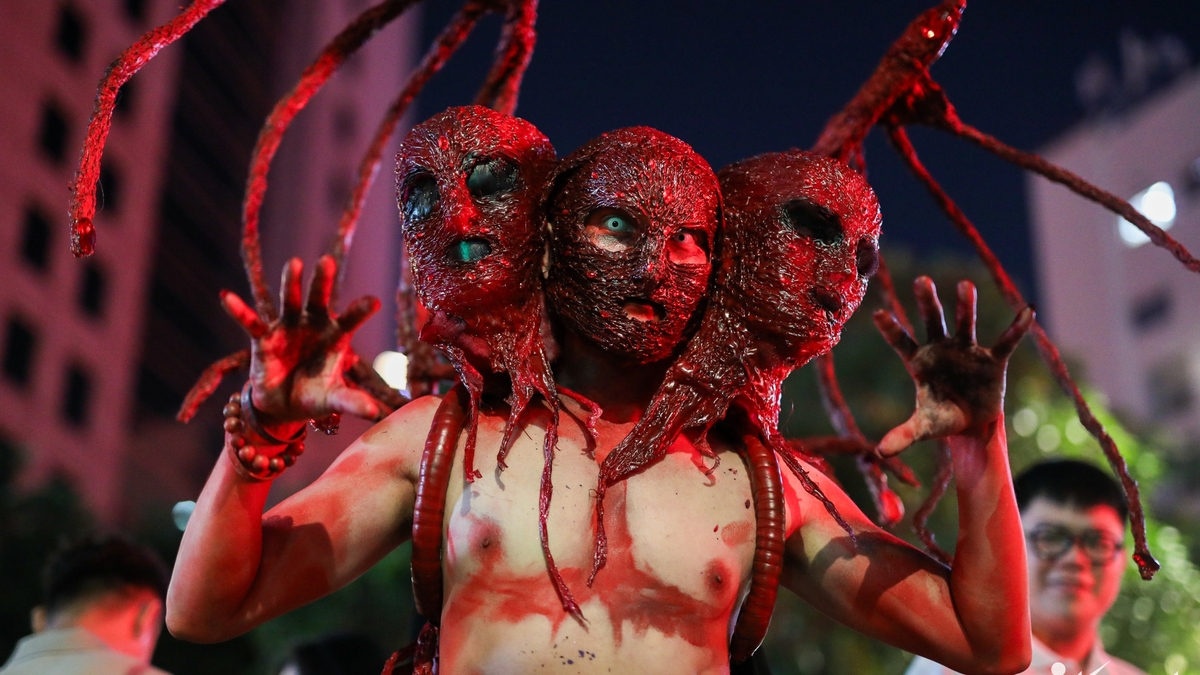

![[Photo] Nhan Dan Newspaper displays and solicits comments on the Draft Documents of the 14th National Party Congress](https://vphoto.vietnam.vn/thumb/1200x675/vietnam/resource/IMAGE/2025/10/26/1761470328996_ndo_br_bao-long-171-8916-jpg.webp)

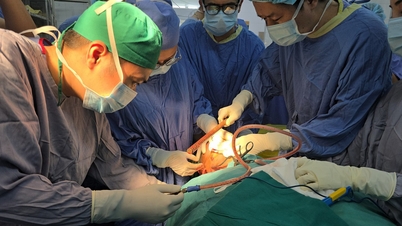

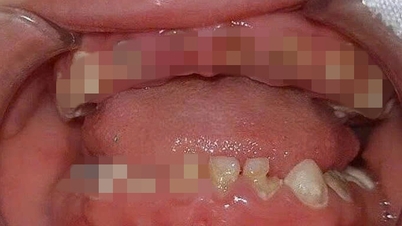

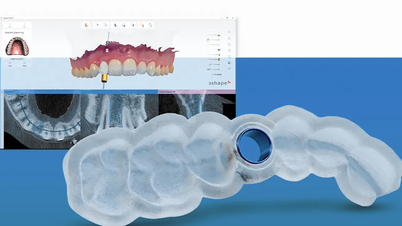

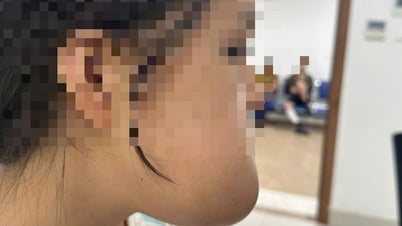
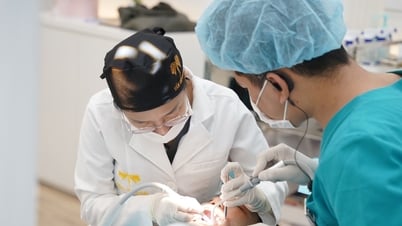

















![[Photo] Enjoy the Liuyang Fireworks Festival in Hunan, China](https://vphoto.vietnam.vn/thumb/1200x675/vietnam/resource/IMAGE/2025/10/26/1761463428882_ndo_br_02-1-my-1-jpg.webp)












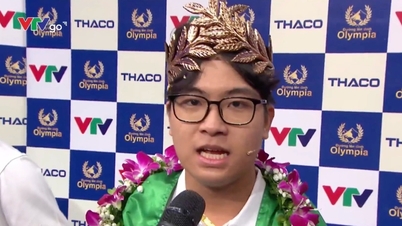


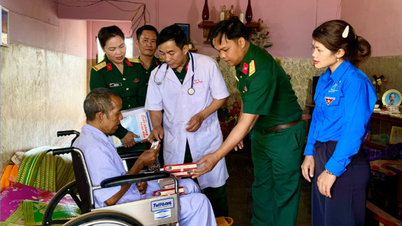





















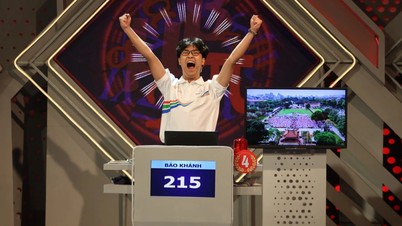









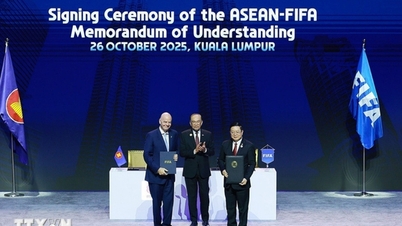




























Comment (0)